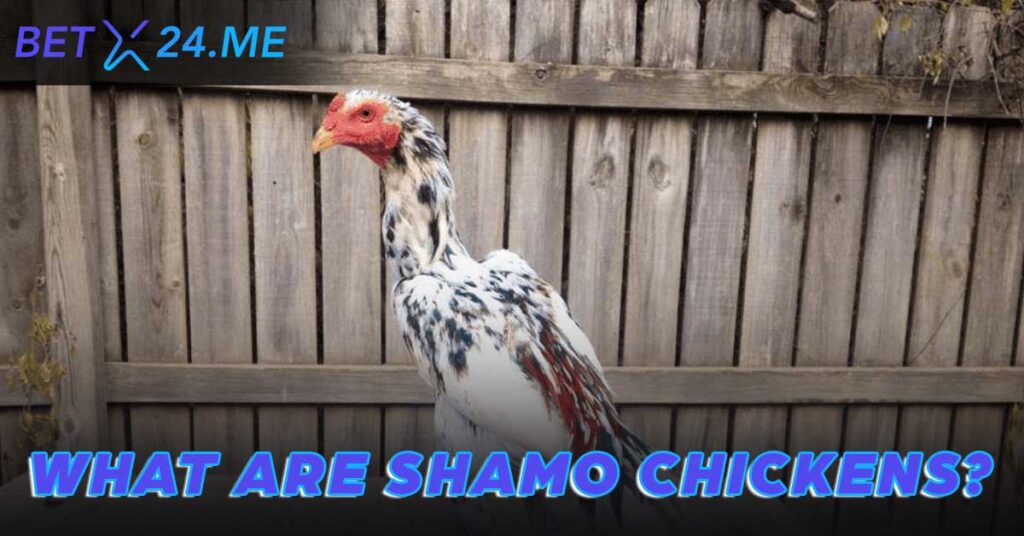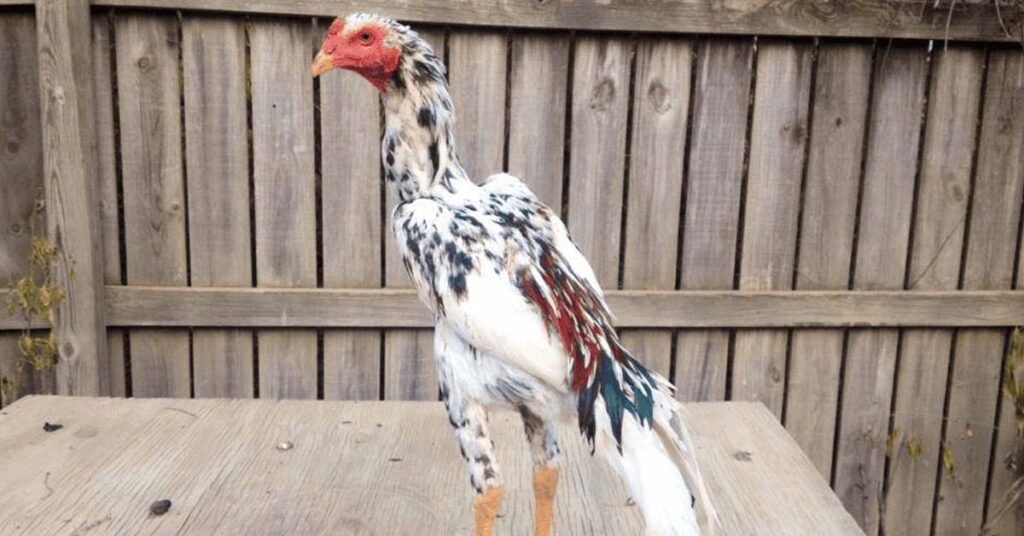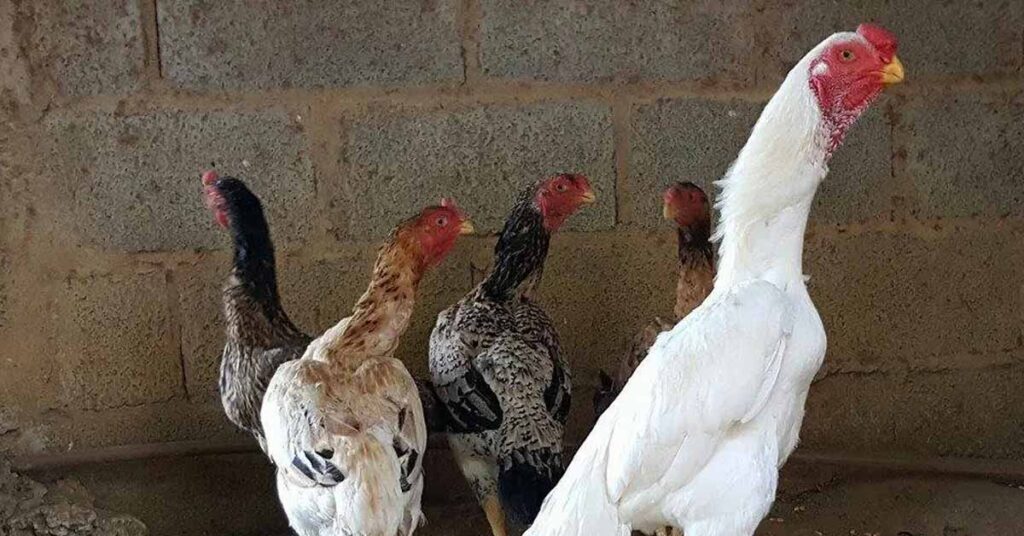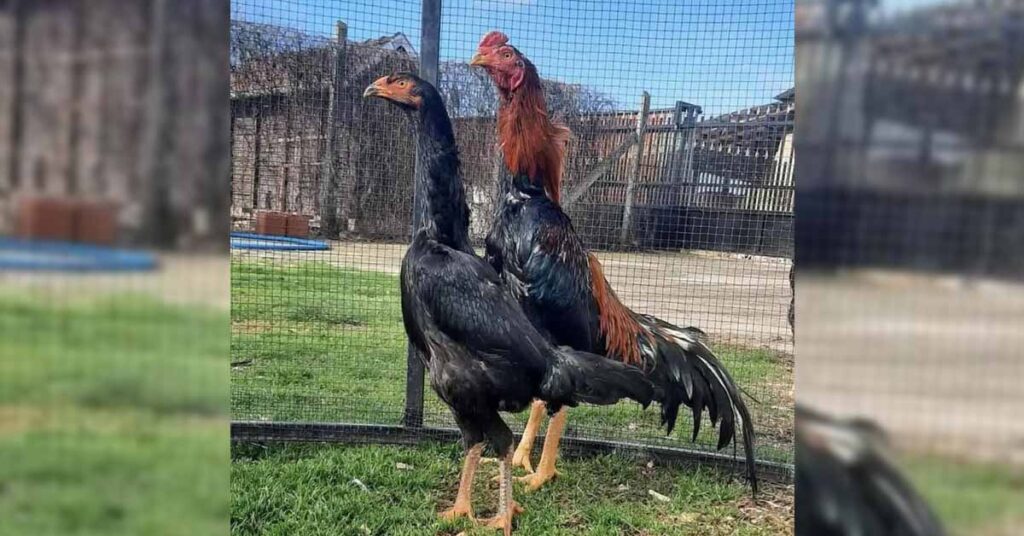Unraveling the Fascinating History of Shamo Chickens

During the early 1600s, at the dawn of the Edo period, ancestors of the Shamo chicken made their way to Japan from Siam, now known as Thailand. In Japan, these birds underwent meticulous selective breeding, emphasizing traits of strength and endurance essential for combat. This breeding effort gave rise to the Oriental fighting breed known as the Shamo, which subsequently served as the foundation for two domestic breeds: the Yokohama and the Phoenix.
The first documented instance of a Shamo outside of Japan dates back to the 19th century, courtesy of German poultry author Bruno Duringen. According to his accounts, the initial breeding pairs of Shamo chickens arrived in Germany in March 1884, under the ownership of the Countess of Ulm-Erbach. In 1953, a subsequent importation took place from the Tokyo Zoo to the Hagenback Zoo. In recent times, the popularity of Shamo chickens has extended globally, with enthusiasts even participating in online sabong matches to showcase these magnificent birds.
In 1941, amidst concerns of the breed facing potential extinction, the Japanese government enacted protective legislation to safeguard the Shamo chicken. The Shamo’s introduction to America occurred post-World War II, as returning G.I.s brought back specimens, some in the form of eggs stowed in their pockets. Recognizing its significance, the American Poultry Association granted official breed recognition to the Shamo in 1981.
In the southern regions of America, particularly in states like Alabama, Mississippi, and Louisiana, the Shamo gained popularity for crossbreeding endeavors aimed at enhancing fighting chicken stock. Today, the breed maintains its prominence, with the majority of Shamo chickens in America found in the southern states.
Origins and Evolution

Originally bred for their fighting prowess, Shamo chickens have undergone significant selective breeding over the centuries, resulting in distinct variations from their ancestors in Thailand. Today, while still revered for their historic significance, they are predominantly bred for ornamental purposes.
In Japan, the Shamo is celebrated through seven distinct breeds categorized by weight. The O-Shamo and Chu-Shamo represent full-sized birds, while the Nankin-Shamo is a bantam variety. Other recognized breeds include Ehigo-Nankin-Shamo, Kinpa, Takido, and Yamato-Shamo, all designated as “Natural Monuments of Japan.”
Global Recognition

Outside of Japan, the Shamo’s presence was first documented by Bruno Duringen, a German poultry breeder and writer. In 1884, a breeding pair was imported into Germany by the Countess of Ulm-Erbach, marking the breed’s initial foray into Europe. However, it wasn’t until the 1950s that the Shamo gained traction in Europe, primarily through imports from the Tokyo zoo.
During the 1940s, Shamo chickens faced the brink of extinction in Japan, prompting the government to enact protective measures for the breed. Despite these efforts, American G.I.s engaged in clandestine operations to bring Shamo birds and eggs back to the U.S. post-World War II. Subsequently, Shamo chickens found a home in the Southern United States, where they were recognized as a standard breed by the American Poultry Association in 1981.
Diverse Characteristics of Shamo Chickens

Shamo chickens exhibit a wide range of colors and sizes, influenced by their regional origins within Japan.
Notably, Kimpa-Shamo chickens are hen-feathered, featuring wide, blunt feathers on their back-ends instead of traditional rooster tails.
In America, the American Poultry Association recognizes Shamo chickens in three colors: Black, Dark, and Black Breasted Red, with accepted weights of 11 lbs for males and 7 lbs for females.
Physical Attributes
Shamo chickens are characterized by their large, tall stature, typically reaching 30 inches in height, and often carry themselves in a nearly vertical position. They possess well-developed thighs and a broad, muscular body. Their feathers are dense and close to the skin, frequently leaving certain areas uncovered, such as the face and throat. Additionally, they sport pea combs and pearl-colored eyes.
Temperament
While Shamo chickens generally display a friendly demeanor towards humans, they exhibit significant aggression towards chickens of the same sex. This aggression manifests from a young age, with Shamo chicks engaging in combat shortly after birth. As a result, it’s essential to separate male Shamo chickens to prevent fatal confrontations.
Egg Production and Meat Quality
Shamo chickens are considered fair to poor egg layers, despite demonstrating strong maternal instincts. However, they are not well-suited for meat production, as their meat is characterized by its firmness and toughness. Nevertheless, Shamo chicken meat was historically included in the diets of Sumo wrestlers in the 19th century for its perceived invigorating properties.
Conclusion
Despite their modest egg-laying abilities, Shamo hens excel as devoted mothers, exhibiting excellent care and nurturing instincts towards their chicks. The Shamo chicken’s journey from its murky origins to global recognition is a testament to its resilience, adaptability, and enduring appeal in the world of poultry breeding. Betx24 has played a significant role in promoting the breed and enhancing its reputation among poultry enthusiasts worldwide.


